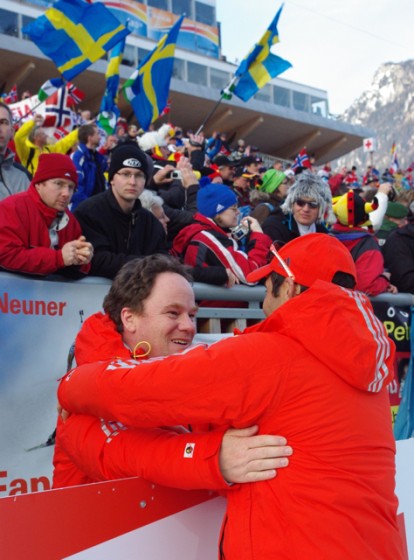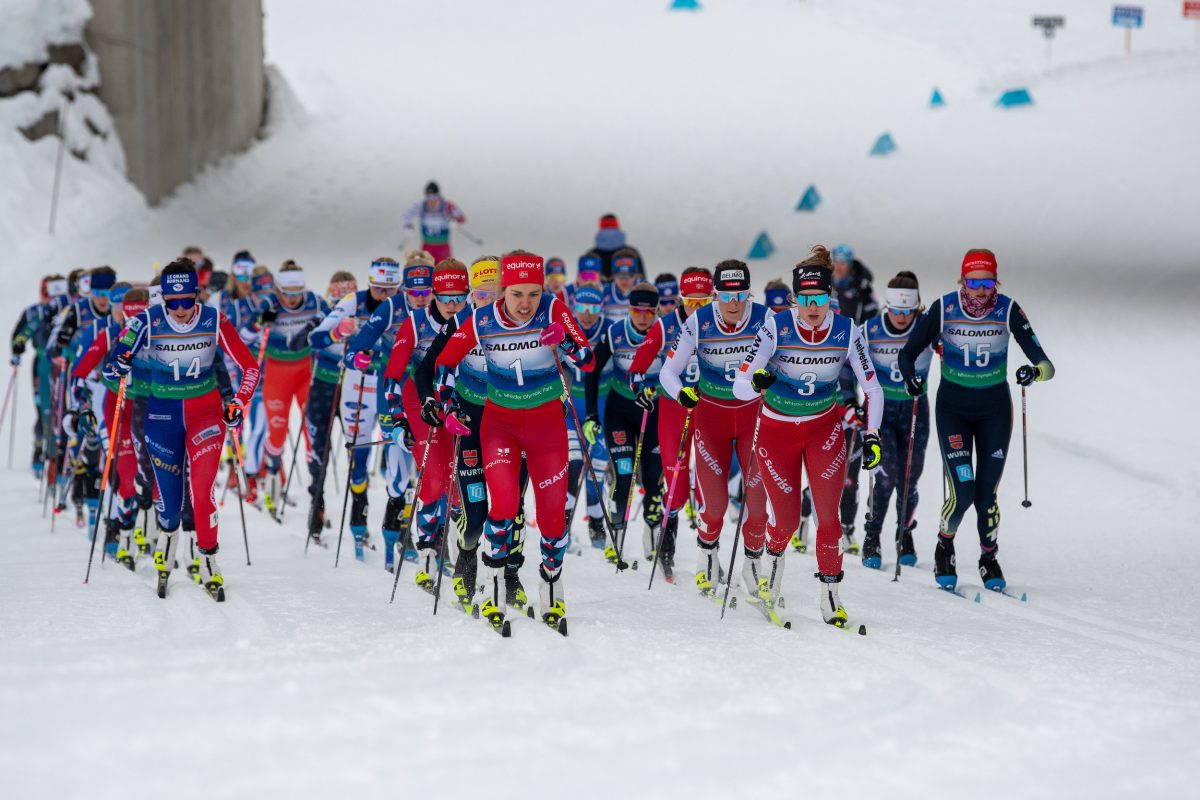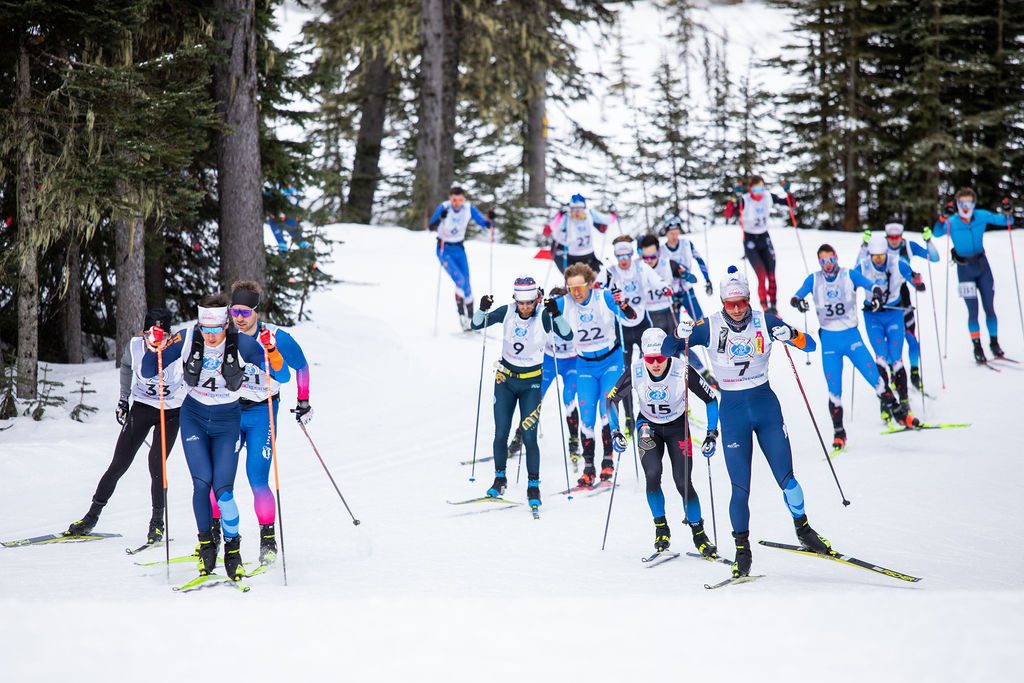With the announcement this spring that the U.S. Ski and Snowboard Association (USSA) would cease financial support for the Nordic Combined team, there has been much discussion about what happens next. Among the options is for Nordic Combined to start its own national governing body (NGB), perhaps combining forces with USA Ski Jumping and Women’s Ski Jumping USA.
Another nordic sport with its own governing body also jumps to mind: biathlon. The United States Biathlon Association, founded in 1980 after splitting from modern pentathlon, has had medals and podium finishes at every level except the Olympics: from World Youth and Junior Championships through the World University Games, World Military Championships, World Cup, and senior World Championships.
Recently, USBA felt financially secure enough to restart its development program. IRS financials are not released yet for the last year, but in 2011 and 2012 had total revenues of $2.6 and $2.4 million. In the past years USBA has forged close ties with the U.S. Olympic Committee (USOC), much to its benefit.
So, what did it take to get there, and what advice might USBA have for Nordic Combined, if they choose the separate-NGB route? FasterSkier called up Max Cobb, the President and CEO of USBA, to chat.

FasterSkier: I’m assuming that you’ve been following, to some extent, the news about USSA and Nordic Combined.
Max Cobb: Yes, I have heard some of the news.
FS: As someone who is running an NGB for a small nordic sport, do you have any words of wisdom for them? Advice? Warnings?
MC: I think that the good thing for the Nordic Combined guys is that they have a track record of being super successful. Like us, it takes time to reach that level.
FS: So that’s what you need to be able to make your case?
MC: I don’t really know enough about what is going on with those guys and with USSA. So I don’t know what I can say other than that I think the important thing is to continue to demonstrate that there’s an orientation towards high-performance success, and if you can demonstrate that the right the athletes are in the system for achieving that, then I think it’s possible to gain support from both sponsors and donors.
FS: Do you have a sense of how long, after USBA was started, it took for the organization to start to feel like it was on its feet?
MC: I think it grew very gradually. It wasn’t really until the late 80s or mid- to late-80s, after the 1984 Olympics, that the USOC provided a really substantial and reliable source of funding. We were able to offer fairly strong programming starting in 1986, and then in 1987 Josh Thompson won a silver medal [at World Championships] so there was a big push for the 1988 Games. So I think that was when biathlon really came into its own. But I think a lot of that … there was not very much funding available from the USOC between 1980 to 1984.
FS: It seems like there are more and more sports now, compared to back in 1980. Do you think it’s harder to get USOC’s attention if you are starting your own NGB now?
MC: In terms of what is different now, I would just say that in general, there are more resources available and more sophisticated fundraising around Olympic sport than there were in the mid-80s. That’s very clear to me.
FS: So that is good for nordic sports?
MC: I think in terms of identifying donors – just look at what the National Nordic Foundation has been able to do. They have raised a huge amount of money [note: for the 2012/2013 year, the National Nordic Foundation had revenue of just over $350,000]. It has been very impactful for the sport. That kind of relatively grassroots fundraising didn’t exist at all in the 1980s. You look at things like Rally Me and our whole digital communication, and that has made it much easier to bring together a very diffuse group of people who care, of supporters. When you think about doing paper mailings to groups like that [when USBA was getting started], it would have been impossible.
FS: Is that what you think Nordic Combined should be focusing on?
MC: I just make those comments in general. It’s not necessarily specific to what’s going on with Nordic Combined because I don’t really have a sense of what is envisioned there.
FS: OK, thanks Max!



